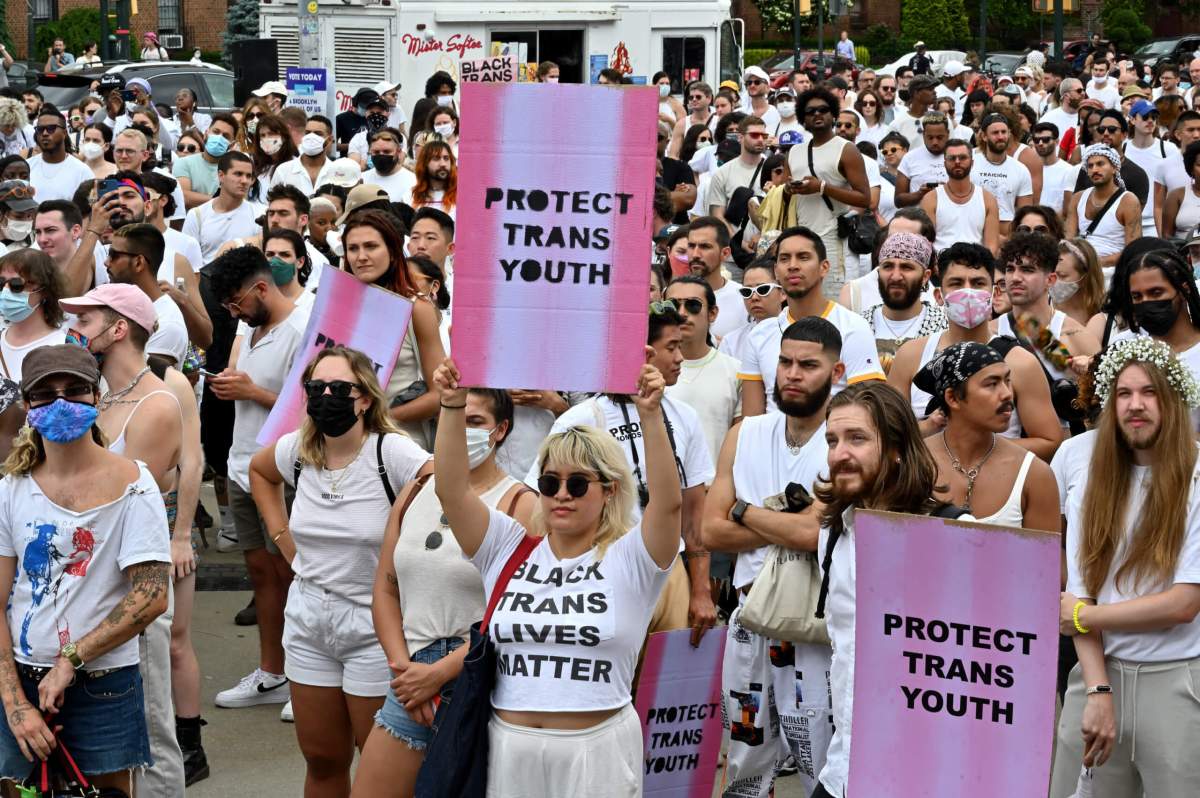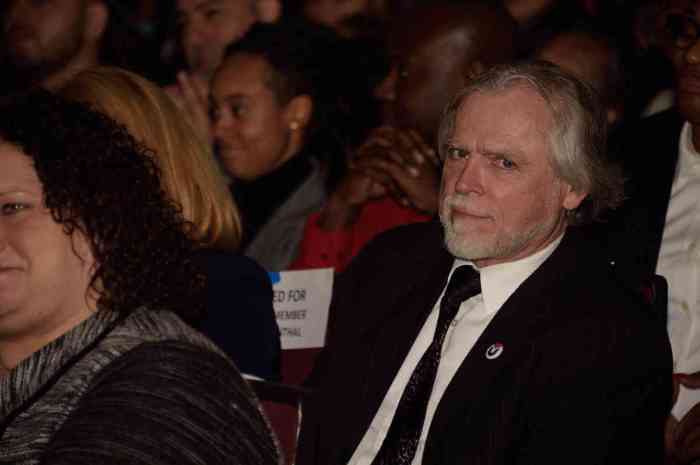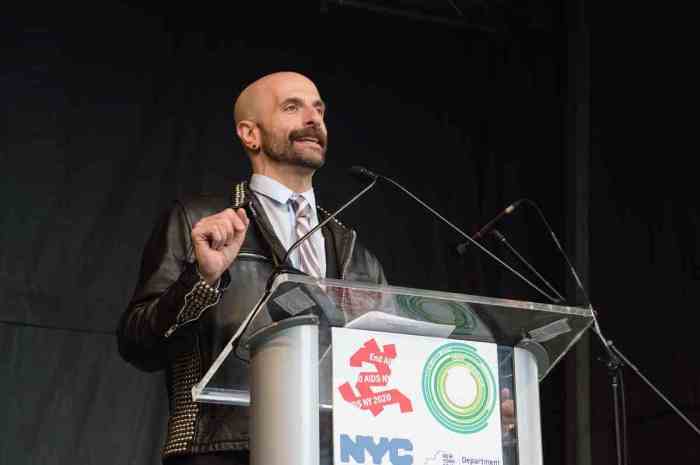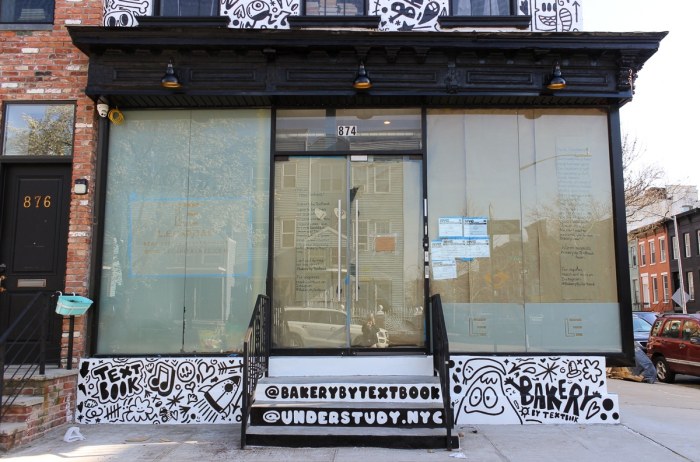Approximately 1.4% of people in the United States between the ages of 13 and 17 identify as transgender, according to a new study published by the Williams Institute at the UCLA School of Law, prompting researchers to acknowledge that the proportion of trans youth is larger than they previously thought.
There are about 1.6 million individuals at least 13 years of age who identify as transgender in the US, according to the research, which was compiled by pulling data from the Centers for Disease Control and Prevention (CDC) and utilizing advanced statistical modeling. There are 1.3 million trans adults in the country — including 515,200 trans women, 480,000 trans men, and 341,800 gender non-conforming individuals — according to the statistics.
The fresh numbers on trans youth, however, offer new insight into American demographics. The share of transgender adults in the US population has remained largely unchanged in recent years, the research notes, while there has been a notable uptick in the share of trans youth. About 0.5% of adults identify as transgender, which is about one percentage point lower than the 13-17 age demographic.
Citing the “availability of better data,” researchers said are now able to make more accurate estimates about the number of trans youth in the population, which is twice as high as it was in the Williams Institute’s 2016 and 2017 estimate. There are around 300,000 trans youth between the ages of 13 and 17, the research states.
The Williams Institute’s report said researchers previously estimated that individuals between the ages of 13 and 17 made up 10% of the trans population, but that number is now 18%.
“Advances in gender identity data collection over the past five years have provided a more accurate picture of youth in the U.S. who identify as transgender. Previously, we could only estimate that based on adult data,” said Jody L. Herman, who was the lead author of the research study and serves as senior scholar of public policy at the Williams Institute. “These new estimates show us that current policy debates regarding access to gender-affirming care and the ability to participate in team sports likely impact more youth than we previously thought.”
TS Candii, who founded Black Trans Nation and has been a leading activist in the fight trans rights in New York State, believes the statistics are accurate. She stressed that numbers surrounding transgender and gender non-conforming youth have been suppressed for decades, leading to imprecise statistics in the past. Obtaining accurate data, she said, will lead to more informed approaches to healthcare for transgender and gender non-conforming communities.
“The lack of self-care with the transgender and gender non-conforming youth community is pervasive,” TS Candii told Gay City News. “This not only includes primary healthcare visits, but also mental healthcare, substance abuse treatment, and a host of other health and wellness areas.”
The study comes at a time when trans youth are up an onslaught of state-based legislation targeting young people on the basis of gender identity in sports, healthcare, and other areas.
Among other findings, the research revealed age-related differences in the trans population. Among adults 65 years or older, for example, trans folks make up just 0.3% of the population — more than 1% less than the share of trans folks in the 13-17 age group.
In total numbers by region, the south leads the way with 523,600 trans adults and 102,200 trans youth, while the Midwest boasts the lowest number of trans adults and youth, with 231,200 and 54,500, respectively. There are roughly 253,800 trans adults and 61,700 trans youth in the northeast compared to 328,500 adults and 81,700 youth in the west.
By state, those numbers also vary: 3% of youth identify as transgender in New York, compared to just 0.6% in Wyoming.
Researchers further outlined differences based on race and ethnicity. About 1.8% of Latinx youth are transgender, compared to 1.5% of multiracial youth, 1.4% of Black youth 1.3% of white youth, 1% of Asian youth, and 0.9% of American Indian/Alaska Native youth.
Authors of the study encouraged further improvements in data collection to gain an even clearer picture of the demographics. The data obtained by researchers included some optional questions, but the authors say the CDC should make gender identity-related questions “part of the core survey” when conducting the Youth Risk Behavior Survey and Behavior Risk Factor Surveillance System.
“Better collection of data about transgender people on federal surveys is vital to understand the characteristics, experiences, well-being, and needs of the transgender population in the United States,” said one of the study’s authors, Andrew R. Flores, who is a visiting Scholar at the Williams Institute.



































